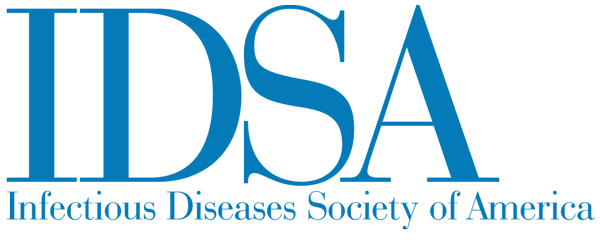The effect of nirmatrelvir-ritonavir on hospital admissions and mortality from COVID-19
Facebook Twitter LinkedIn Email Nirmatrelvir-ritonavir is an antiviral medication commonly used for treating HIV, and its potential as a therapeutic option for COVID-19 has been of significant interest. This article in Lancet Infectious Diseases presents the findings of a comprehensive study evaluating the effectiveness of nirmatrelvir-ritonavir in preventing severe outcomes in individuals diagnosed with COVID-19. The authors utilized a large cohort of patients from a U.S. health care system who tested positive for COVID-19 and were prescribed nirmatrelvir-ritonavir as part of their treatment.
Nirmatrelvir-ritonavir is an antiviral medication commonly used for treating HIV, and its potential as a therapeutic option for COVID-19 has been of significant interest. This article in Lancet Infectious Diseases presents the findings of a comprehensive study evaluating the effectiveness of nirmatrelvir-ritonavir in preventing severe outcomes in individuals diagnosed with COVID-19. The authors utilized a large cohort of patients from a U.S. health care system who tested positive for COVID-19 and were prescribed nirmatrelvir-ritonavir as part of their treatment.
A retrospective analysis was conducted on 7,274 patients who received nirmatrelvir-ritonavir treatment and 126,152 patients who did not receive nirmatrelvir-ritonavir. Patients in the active treatment arm were older and were more likely than controls to have obesity, comorbid conditions and to have been admitted to the emergency department or the hospital within the previous year. Recipients were also more likely to have been vaccinated than nonrecipients.
The patient cohort follow-up included 687 hospital admissions (0.5%), 173 ICU admissions (0.1%), 42 mechanical ventilations (0.03%) and 134 deaths (0.1%). Hospital admission or death within 30 days, considered as the primary outcome, was observed in 51 patients in the nirmatrelvir-ritonavir arm (0.7%) and in 695 patients in the control arm (0.6%). However, upon adjusting for the differences in the characteristics of the two groups, nirmatrelvir-ritonavir treatment within five days of symptom onset had an effectiveness of 79.6% (33.9%-93.8%; P = .008) in preventing the primary outcome. The overall effectiveness regardless of treatment timing was 53.6% (6.6%-77.0%; P = .031).
This study supports the use of early treatment with nirmatrelvir-ritonavir to prevent hospitalization or death in patients with COVID-19. However, an important limitation of the study is the low number of primary outcome events in both study arms, which limits the precision of the effectiveness estimates.


